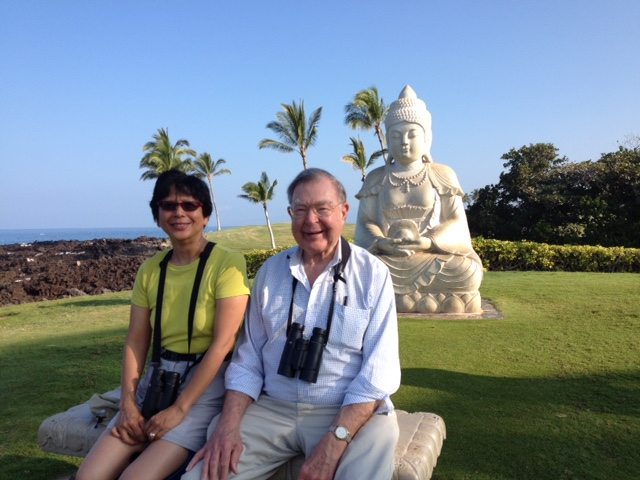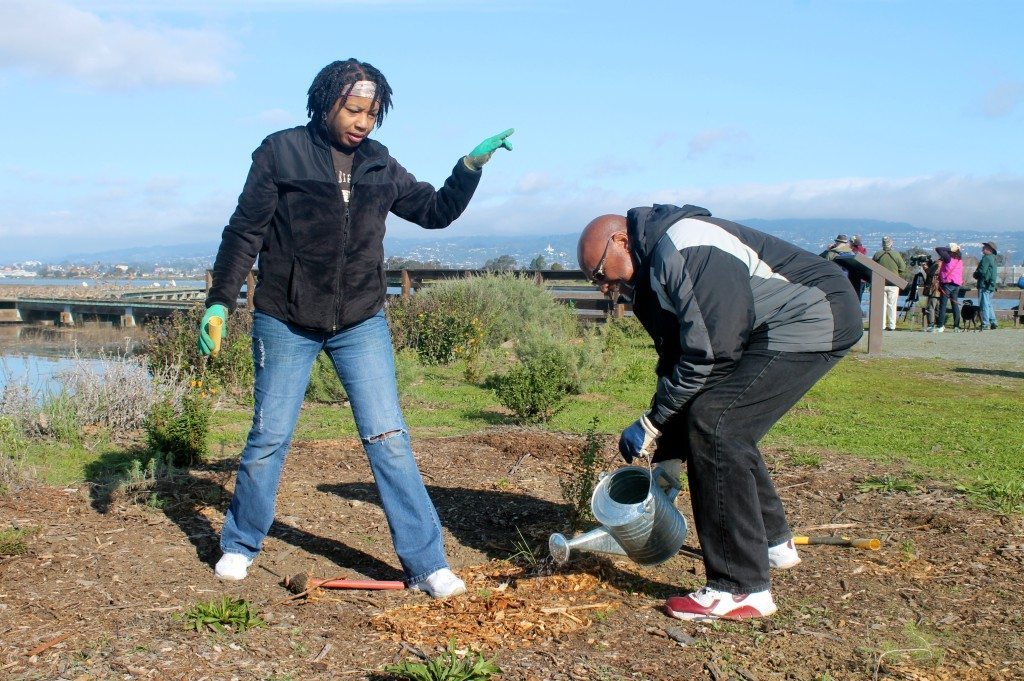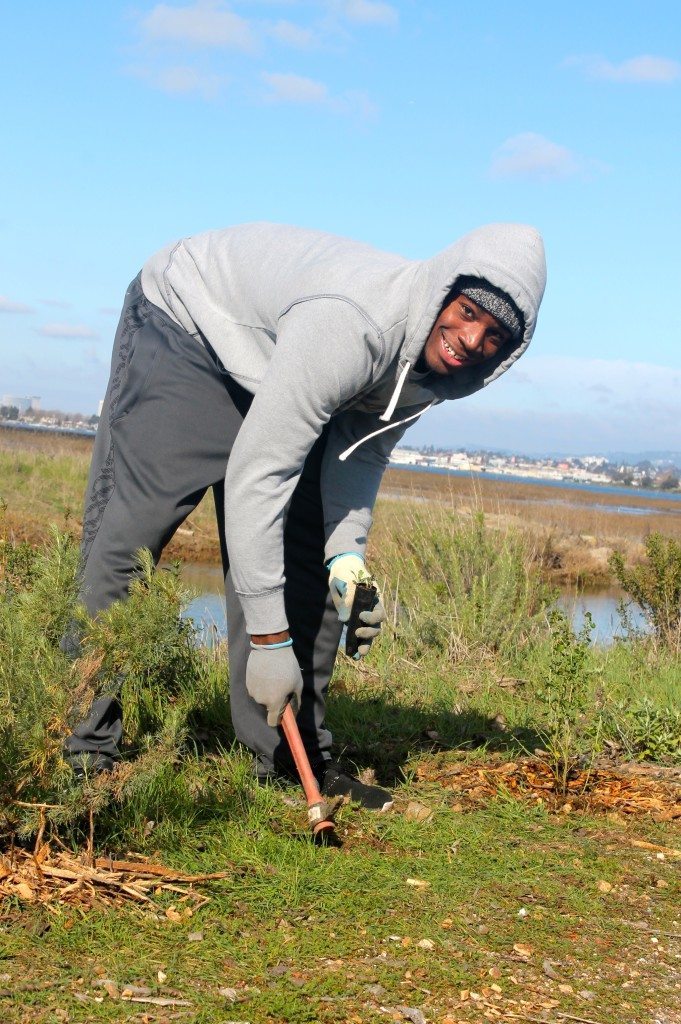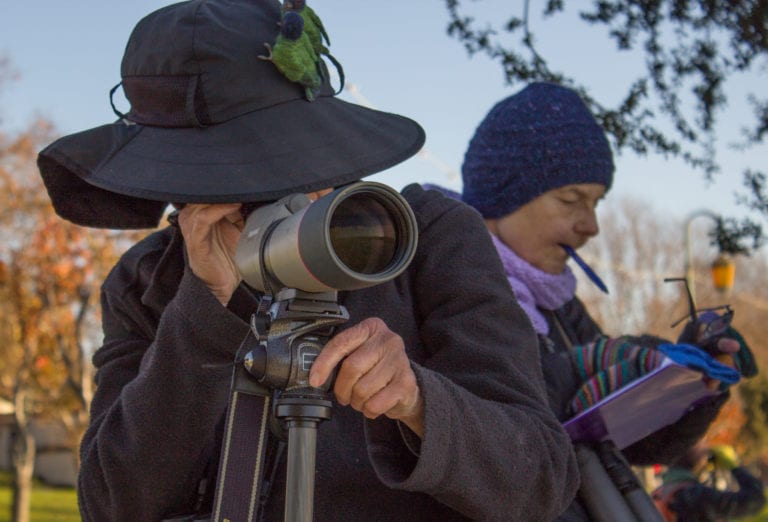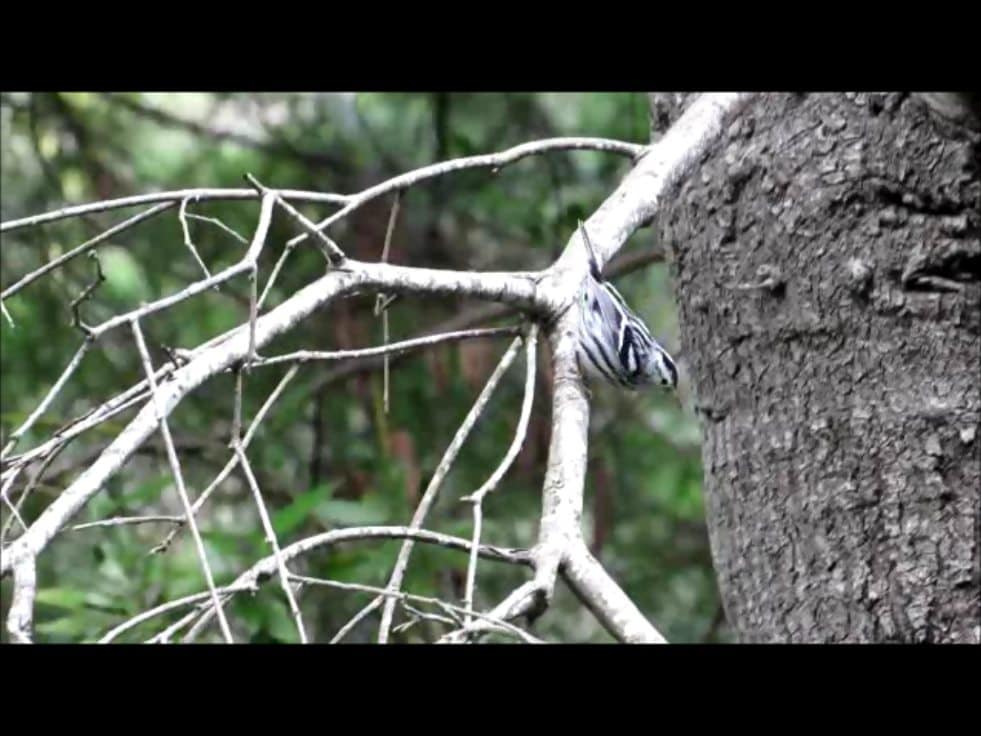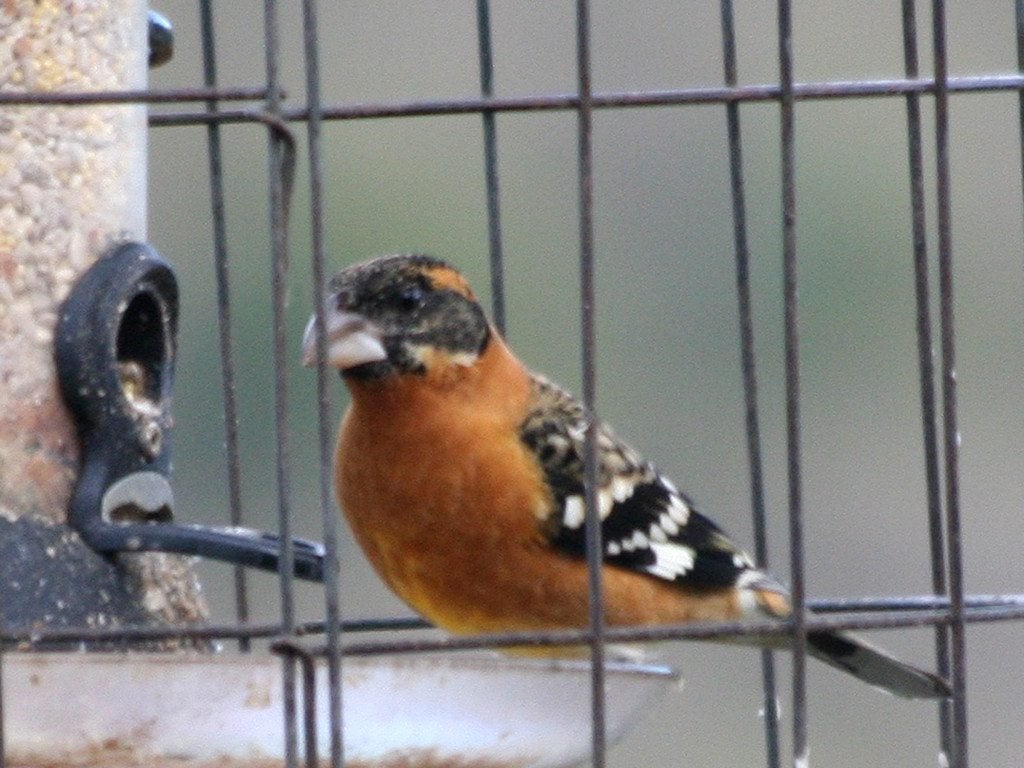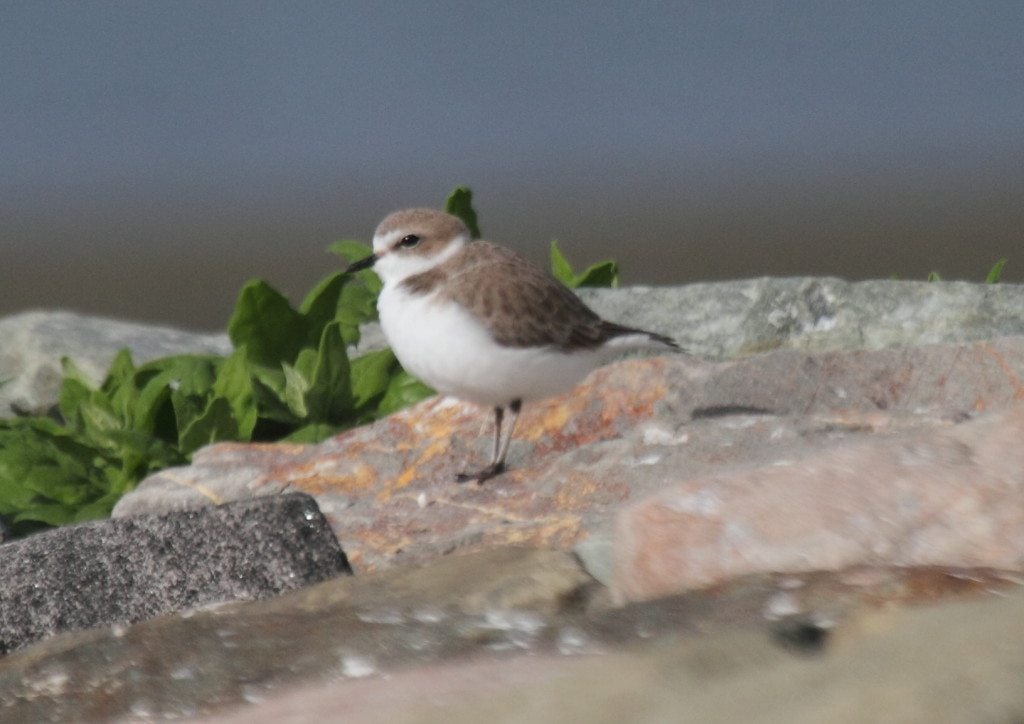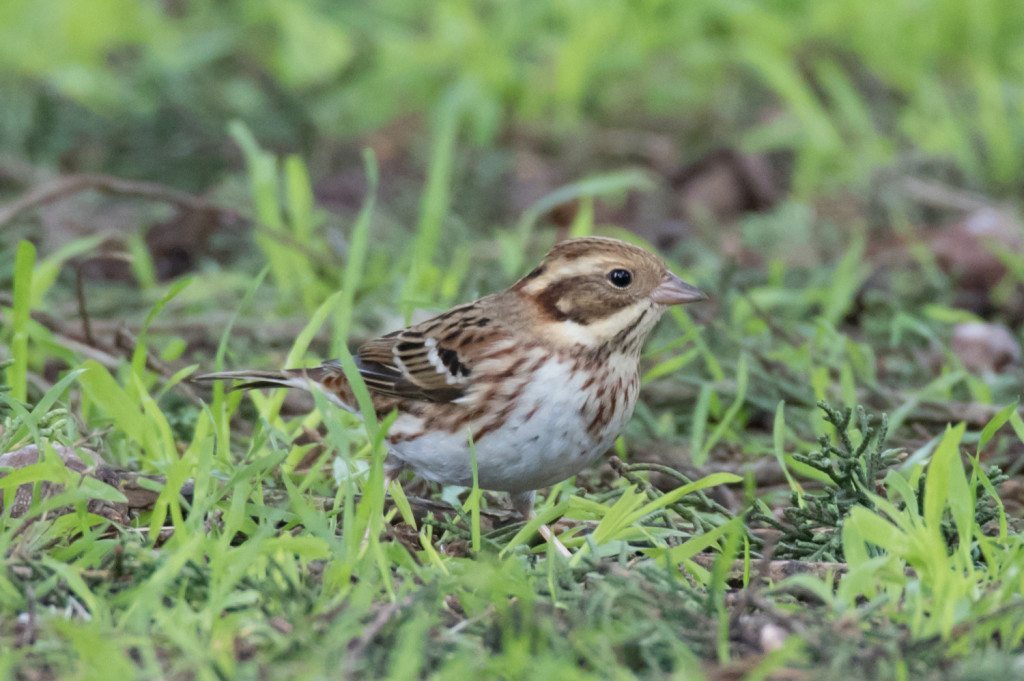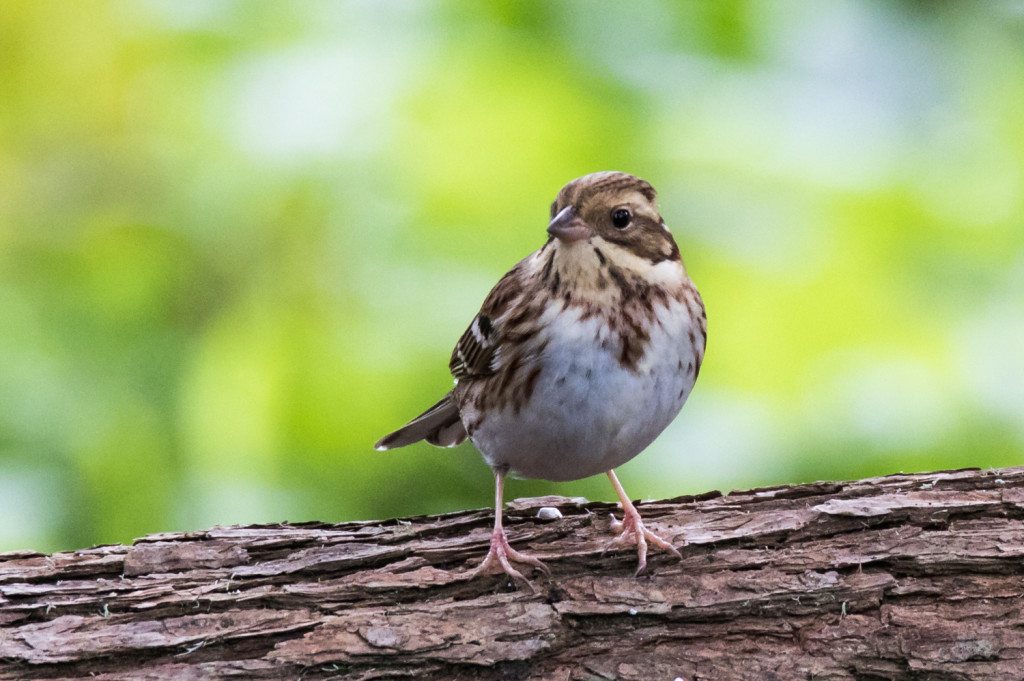A California birder in chilly Minnesota
By Pat Bacchetti
When I told friends that I was going to Minnesota in January, the most common response was “Why on earth would you go there then?!”
I started to have second thoughts as well, as I watched temperatures in Duluth dip below zero, with the wind chill reading hovering around -20F. But as a life-long Californian, I was looking forward to experiencing a Northland winter as well as the birds that favor that climate. So off I went to Minneapolis on December 31, with three Dungeness Crabs in tow for a New Year’s party, and many layers of down clothing.
Our first stop was for Snowy Owls, who like the long flat fields around airports to hunt for their mousy prey during the day. As my friend in Minneapolis, Susan, drove us around the cargo area of Minneapolis International, we dodged airport security looking for owls. We were able to finally locate my life-list Snowy Owl, a beautiful pure white male, sitting on a building near the runway. It was a thrill to finally see one of these beautiful Arctic owls. We would see two more at the Richard I Bong Airport in Superior, Wisconsin, but the first sighting is always the most memorable.
 A wing-tagged Snowy Owl in Superior, WI, which is just south of Duluth. The researcher dyes the head feathers with a black dye to make them easier to spot in the field. Photo by Patricia Bacchetti
A wing-tagged Snowy Owl in Superior, WI, which is just south of Duluth. The researcher dyes the head feathers with a black dye to make them easier to spot in the field. Photo by Patricia Bacchetti
Duluth was the next stop, for a Minnesota Birding Weekends fieldtrip. Duluth is a delightful old port town at the southwest tip of Lake Superior that’s been transformed into a tourist destination, with galleries, cafes, and excellent restaurants. Though ore boats still ply the lake, visitors are more important for its economy these days. Lake Superior held Minnesota’s third state record Common Eider, who has been living near the pier since November. In addition to the eider, a couple of Northern Pintails and American Black Ducks were hanging out with the mallard/goldeneye flock, unexpected visitors in January.
For a Californian, the next target bird was a lesson in perspective: a Golden-crowned Sparrow had been at a feeder for the month of December, and this was a much-desired state sighting for Minnesota birders. After a brief appearance by the sparrow, we headed off to find Hoary Redpolls in the large flocks of Common Redpolls that winter in the area. Kim Eckert, our leader, found a single Hoary Redpoll in a large flock of Common Redpolls.…



